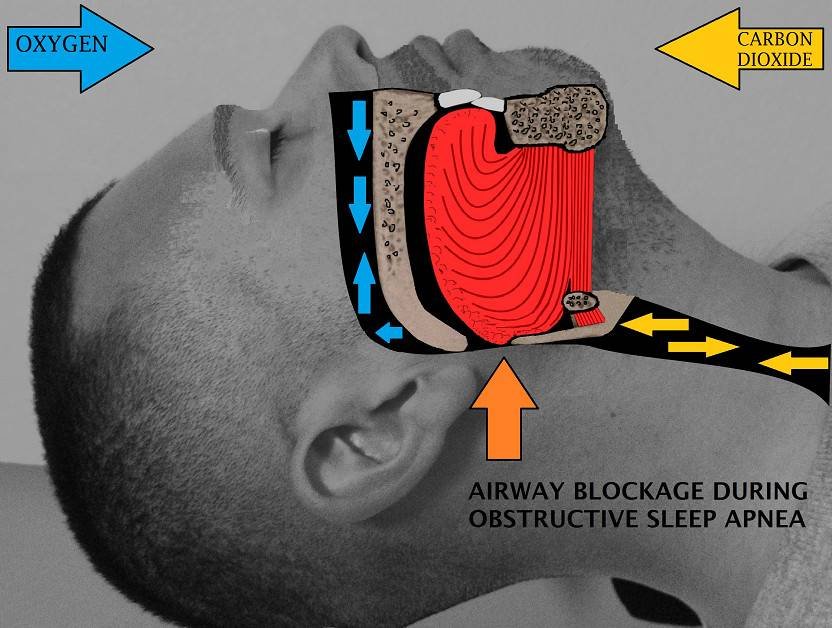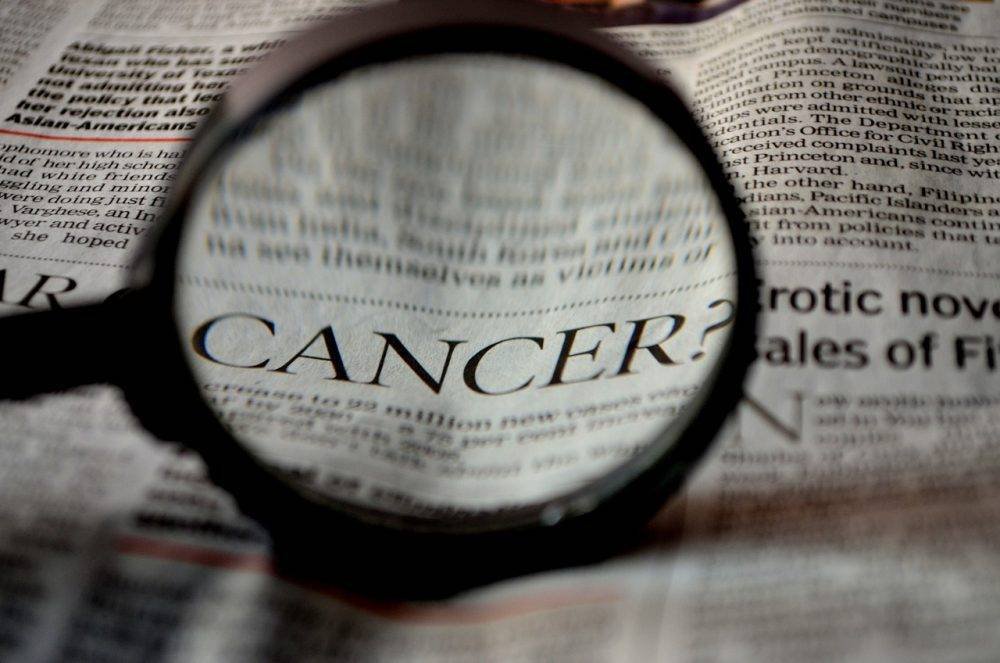OSA is the most frequent kind of sleep-related breathing disorder, which is a set of sleep disorders characterized by irregular breathing during sleeping. In addition to Sleep Apnea with Obstruction, there are three more forms of sleep-related breathing problems that vary in their etiology and symptoms.
Central sleep apnea (CSA) is a condition in which a person regularly pauses breathing throughout the night. CSA, unlike OSA, is caused by a lack of brain impulses that govern breathing. Some persons suffer bouts of sleep apnea that resemble both OSA and CSA.
Sleep-related hypoventilation problems occur when a person’s breathing is insufficient to maintain acceptable amounts of oxygen and carbon dioxide in the blood. Although a person may be diagnosed with both OSA and a sleep-related hypoventilation disease, excessive levels of oxygen and carbon dioxide in patients with OSA often do not last as long.
Sleep-related hypoxemia disorder: If a person has low levels of oxygen in their blood that are not caused by another sleep-related breathing condition, such as OSA, they may be diagnosed with sleep-related hypoxemia disorder.
Modvigil 200 mg (Provigil) is used to treat excessive sleepiness in patients with narcolepsy and residual sleepiness in certain cases of sleep apnea. The most common side effect is a headache.
Obstructive Sleep Apnea Prevalence

OSA affects around one billion individuals globally and between 2% to 9% of adults in the United States, while experts estimate the true frequency is substantially greater due to the majority of cases being undetected.
Breathing disruptions produced by OSA are connected with serious health effects if not treated. Read more about the causes and diagnosis of OSA, as well as treatment choices that may help you sleep better at night.
Obstructive Sleep Apnea Signs
The majority of individuals who have obstructive sleep apnea are weary during the day and snore loudly at night. Yet, some patients with OSA never experience symptoms, or they ascribe these symptoms to something else. OSA symptoms might appear both at night and during the day.
- Obnoxious snoring
- Tossing and turning in bed
- Having the need to urinate when you wake up
- Sleeping by breathing via the mouth
Daytime sleep apnea symptoms include:
- Feeling exhausted when you wake up
- Dry or painful throat after waking up with headaches
- Excessive drowsiness throughout the day
- Memory problems or intellectual deficits
- Impotence or a loss of sexual urge
Symptoms of Obstructive Sleep Apnea
Symptoms of OSA that occur during sleep may be difficult to identify on one’s own, and it might take years for a person to realize their symptoms and seek medical attention. Excessive weariness throughout the day, comments from loved ones, or early morning symptoms are some of the earliest obvious indicators of obstructive sleep apnea.
Excessive daily drowsiness: OSA is the most prevalent medical cause of excessive daytime sleepiness. Individuals with OSA may fall asleep during repetitive tasks such as reading or watching TV and may need coffee to counteract chronic tiredness.
Risk Elements: Many risk factors for obstructive sleep apnea have been established via research.
Age: The risk of having OSA increases with age until roughly 60 to 70 years old, when it begins to level off.
Men and those assigned male at birth have the greatest risk of OSA. When women and those designated females at birth approach menopause, the risk increases.
BMI (Body Mass Index): The risk of getting OSA increases with a person’s BMI, which is a measure of body fat based on height and weight.
Some physical characteristics, such as: may potentially increase a person’s risk of developing OSA.
A lower jaw that is too tiny or too far back
A tongue with an expanded base
Massive tonsils
A neck circumference greater than 17 inches
Extra fat around the neck
Several risk factors are still being investigated, but they may raise a person’s risk of OSA.
Cigarette smoking may raise the risk of OSA by up to thrice when compared to persons who have stopped or have never smoked.
Immediate relatives of persons with OSA are twice as likely to get the disorder themselves as those from non-OSA households. Researchers believe that this higher risk is due to comparable physical traits, similar behaviors, or the same environment.
How is Obstructive Sleep Apnea Identified?
Doctors gather a patient’s medical history and symptoms, do a physical exam, then recommend them for a diagnostic sleep study to identify obstructive sleep apnea.
Medical Background
A doctor may question risk factors as well as both nighttime and daytime symptoms when gathering a person’s medical history. In rare situations, a doctor may ask a patient to complete a questionnaire in order to check for new symptoms and identify OSA from other disorders.
Since sleepers may not notice their own symptoms at night, roommates, bed partners, and loved ones may be requested to report a person’s symptoms.
Physical Examination
A physical exam is usually performed by a doctor to check for obesity, physical traits that raise the risk of OSA, the size of a person’s neck and waist, and indicators of health concerns connected with OSA.
Sleep Research
Sleep studies may prove obstructive sleep apnea and measure breathing abnormalities. Polysomnography, or a sleep study, requires an overnight stay at a sleep facility or hospital’s sleep laboratory. Home sleep studies employing a portable sleep monitor are possible.
A sleep study technician will place sensors on the head and torso. Doctors may also put numerous straps on your chest and a little tube behind your nose. These sensors monitor breathing, heart rate, and sleep phases during sleep.
Home Sleep Apnea Testing
A home sleep apnea test may be an option for those who cannot undergo polysomnography in a sleep lab. Those at risk of moderate to severe OSA may benefit from home sleep apnea testing. Health insurance may demand it as a preliminary OSA test.
Doctors or sleep specialists should monitor home sleep apnea, testing patients. Sensor placement and test interpretation need a medical professional.
Also Visit:- How to Reduce Stress With Inspiring Ayurveda Treatment


